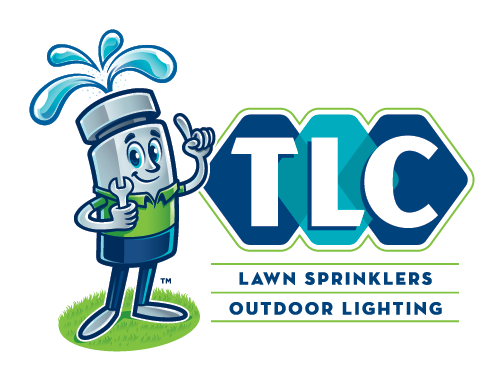That’s a lot of rain we received during the past couple weeks, and we hope it’s restored your lawn to a full, healthy green. But as you’re getting ready to put away your lawn mower, there are still several things you should do to help your grass make it through the winter and emerge healthy next spring. This article reviews what some of these things are.
Blog
-
Not-so-nice shady spots
In our last post, we told you that Zoysiagrass is one of the best varieties of grass for this region. We also mentioned its one drawback is that it does not grow well in the shade. Fortunately, no one ever said you could have only one variety in your lawn. Indeed, most of the seeds you buy are mixes. There are other varieties that work better in the shade.
-
The winner for best variety …
In our last post, we talked about the different types of grass varieties you’re likely to find in Mid-Atlantic lawns. Now we’d like to go over which varieties are the best for the region. According to the University of Maryland Cooperative Extension, they are turf-type tall fescue and zoysiagrass. Here’s a little more about each.
-
Know your grass
If you’re looking for lawn care advice, you usually won’t get to far before you need to determine what kind of grass you have. Proper seeding, watering, fertilizing, even mowing, all vary depend on the variety of grass you have. To make matters worse, lawns these days rarely consist of one variety but blend a number of grasses. Nevertheless, here are a few varieties you’ll probably encounter in the Mid-Atlantic area.
-
3 watering myths refuted
There’s lots of misinformation and misunderstanding out there when it comes to watering your lawn, and we’d like to correct some of it. You don’t have to take our word for it either. The town of Chandler, Ariz., which knows something about maintaining lawns in dry, hot climates, has put together this myth-busting list.
-
Do you know the top lawn care myths?
The University of Arkansas has put together a great list of 20 lawn care myths for homeowners. We encounter people who believe one or more of these myths all the time, so we wanted to pass the info on to better educate people. You can read the individual items for yourself, but we want to pull out three themes that we think are important.
-
Go green with sprinklers
Installing an automatic sprinkler system in your yard may not seem like a particularly green thing to do, but there are many eco-friendly benefits that an automatic system brings over ordinary sprinklers or not watering your lawn. These benefits arise mostly from maintaining a healthy lawn and being able to better control your watering.
-
Those looking to make there homes more energy-efficient and eco-friendly not only have an option when it comes to outdoor lighting, but they have a choice as well. Low-voltage and solar outdoor lights are becoming more and more popular everyday. If you’re wondering which would be best for you home, we’d like to offer this assessment from post on the Home and Garden Wisdom blog.
-
How to choose an irrigation contractor
If you’re ready to take your lawn to the next level, especially if you have an extensive lawn, installing an automatic sprinkler system could be right for you. The first big step in the process is selecting a contractor to install your system. Rain Bird, a maker of sprinkler systems, has put together a convenient guide for selecting a contractor.
-
Feed your lawn
Last week we talked about proper watering for your lawn, but your grass needs to “eat” too. As this article explains, most your lawn can find most of the nutrition it needs naturally in the soil. However, adding fertilizer can make it easier for grass to flourish around your home. Here are some quick tips about using fertilizer.
